Being able to keep your gear in a somewhat organized fashion makes it easier to access and less likely to lose things! I also love that there is a built in rain fly. It is so handy! When going on a weekend backpacking trip, a 30 – 40L pack will work well. I do not consider myself an ultra-light backpacker but I do try to keep my pack weight as minimal as possible, between 20 – 35lbs. It is easier to bring more stuff when your pack is bigger and when you simplify your gear and bring less it is easier on your body and allows you to enjoy the trip more when you are not so sore from an overloaded pack. Now if you are planning a trip that is longer than 3-4 days, I recommend a 50 – 60L pack. This size pack will allow you to carry more food and extra supplies you may need when you are in the backcountry for longer periods of time. Normally the goal pack weight for these sorts of trips is between 30 – 40lbs. If you have to carry more water, due to inadequate water sources, your pack will be significantly heavier than this. CLOTHING Depending on the length of your hike you want to have some layers in your pack for inclement weather. It is better to be prepared than to wish you had been. You really need to know where you are hiking and what the weather patterns are. For example, if you are going to summit a peak in Colorado make sure to be prepared that is may rain when you are up there. Weather can change drastically and quickly in the mountains. That being said, make sure to carry a jacket, hat and gloves with you if you plan to be out all day. If the temperatures vary greatly bring a couple layers as well like a long sleeve shirt or even long johns. You can always take layers off! A spare pair of socks in never a bad idea either. When on a backpacking trip you definitely want layers:
And do not forget - NO COTTON! Hypothermia is not your friend. SHOES Wearing proper foot protection when hiking is extremely important because it not only protects your feet but it also offers support and stability on uneven terrain. I have high arches and need the support of a boot whereas my husband does not have that issue so he prefers to hike in a sandal. I would suggest trying out different styles to see what is good for your foot. Also, do your research when deciding which boot to choose. Online reviews are so very helpful. I look on several websites and try them on in person before I throw down money to buy them. It is a big investment and such an important tool for your safety and comfort while on the trail. When choosing a shelter for your overnight trips you will have a plethora of options to choose from. The big debate is between a tent, hammock or a just a tarp. Since my husband and I backpack with our dogs, our shelter of choice is a tent. It allows are dogs to be in a confined space and rest, rather than worrying about what is around them. It also allows us to have a more restful sleep with the dogs being contained! When deciding what sort of shelter to use, you need to do your research to see what is going to work best for your needs. I would suggest researching online in different backpacking forums, speaking with someone at your local outdoor retailer and asking other people you know who backpack to see what they use, why they like it, and what they would do differently. There are pros and cons to every set up and since a shelter makes up a decent percentage of your pack weight, doing the extra research will save you in the long run! WATER FILTER Staying hydrated while excising is always important. But when you are drinking from streams or rivers you need to make sure you are filtering your water so you do not get sick from waterborne pathogens. That would cut your trip short for sure and can be very dangerous for your health. Whether you use a UV pen, squeeze filter, hand pump, or gravity water filter system, you need to do our research to make sure you are buying what is right for you. Backpacking gear is expensive if you are buying the newest products. Shopping the sales and being strategic to when you purchase gear will save you some serious coin.
Choosing a stove system really depends on what type of food you are eating and how much you want to carry for a stove system which includes the stove, fuel and cooking system (pots). When you are backpacking, your nutrition is very important because you are active all day for multiple days at a time. I mentioned I like to eat dehydrated meals because they are so easy to prepare. But as my husband and I have been prepping for our thru hike of the Appalachian Trail, we have made a lot of our own dehydrated meals ("What to Eat on a Thru Hike" blog article) so we can cut down on all of the sodium and preservatives that are in pre-packaged meals. Essentially you want to have protein, quality carbohydrates and electrolytes in order for your body to repair the muscles and allow your body to recover for another day on the trail. PHONE Most hiking trails now days have some sort of connectivity unless you are in a very remote area. Make sure your phone is charged when you leave your vehicle and keep it in airplane mode when you are not using it. This is a great tool to use if you need to call for help. Another alternative for when you are on longer trips is to use a SPOT emergency beacon. The most important thing to remember is to leave your itinerary with someone or in your vehicle at the trailhead so if something happens to you search and rescue will know where to look! Just make sure to stick with your plan! MAP & COMPASS Either pick up a map at the park ranger station, buy one before you go or if it is a simple trail, just snap a picture on your phone of the trail map that is on the informational sign at the trailhead. You want to know where you started and where you are going. If you are backpacking having a compass (and knowing how to use it) is key so you can orient yourself throughout the day. I would suggest taking an orienteering class to learn how to use a compass or for a refresher course. Try looking to see if your local Game, Fish and Parks office offers any classes or check with your local outdoor retailer. FIRST AID KIT Safety First! That is hard to remember sometimes when it is a beautiful warm day with no clouds in the sky. But try to keep in mind that by having a first aid kit in your pack could save your life or someone else’s. My husband and I took a Wilderness First Aid course in preparation for our thru hike and we were able to minimize the size of our kit by including items that would be most commonly used for injuries and also items that are multi-purpose. NOLS offers really good classes and if you are not certified in CPR I would recommend it. You never know what may happen in the backcountry! In summary, grab the right pack for your gear and activity. Try to choose gear that is multi-functional so you can keep your pack as light as possible! It may seem daunting to decide what gear to choose but try and have fun and enjoy the process. Who knows, soon enough you could be a gear junkie too!
If you want to see the gear we recommend check out "Our Gear" page! Blog post written by Amy Karras Unnamed Adventures
1 Comment
9/4/2019 11:41:17 pm
A perfect and guideline and wonderful review. Such informative post helps me more to carry and packing my list for upcoming tour on north island.Here I Get Some Tips To Keep My Gadgets Safe.
Reply
Your comment will be posted after it is approved.
Leave a Reply. |
AuthorsFor the love of travel and new adventures, we live our lives for the next dream fulfilled! Categories
All
Archives
August 2021
|
|
|
Our Hometown of Rapid City, South Dakota |

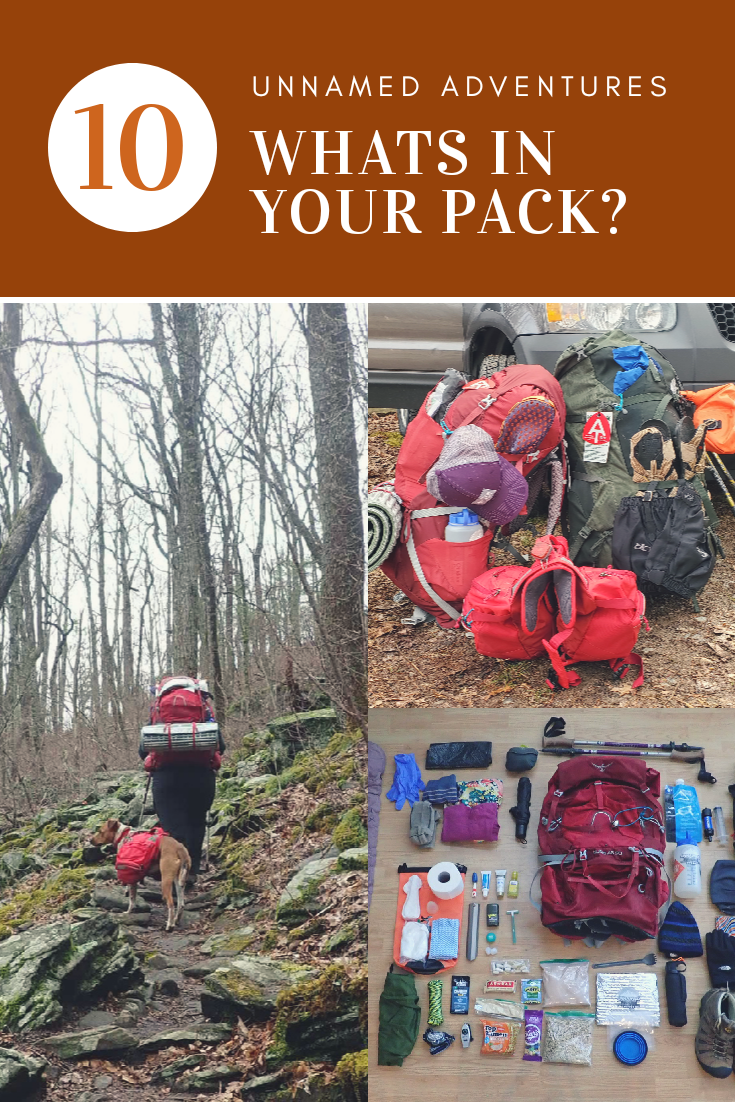
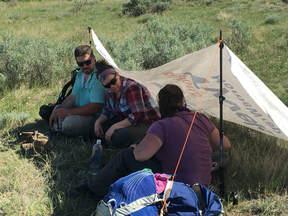
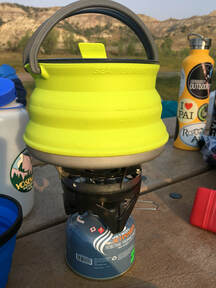
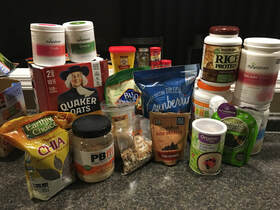
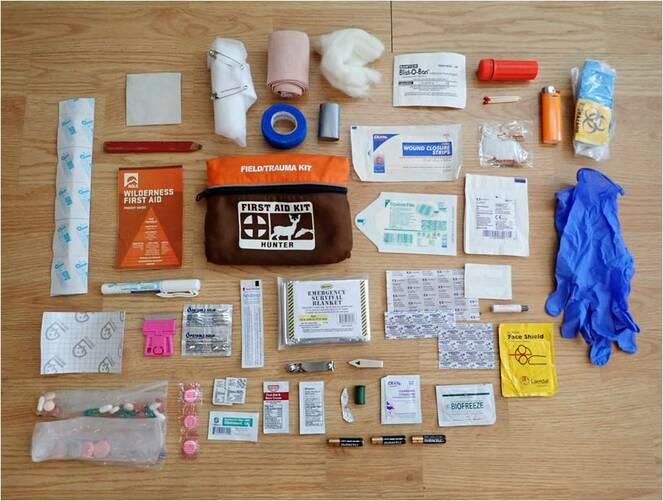
 RSS Feed
RSS Feed